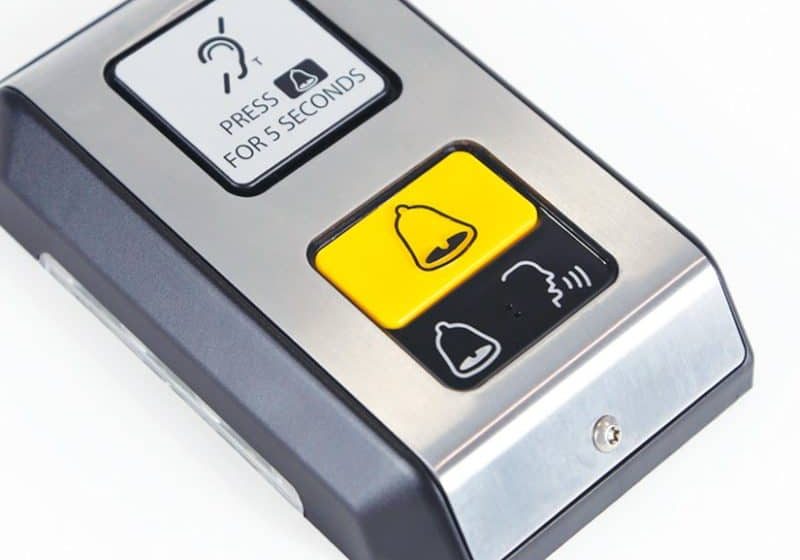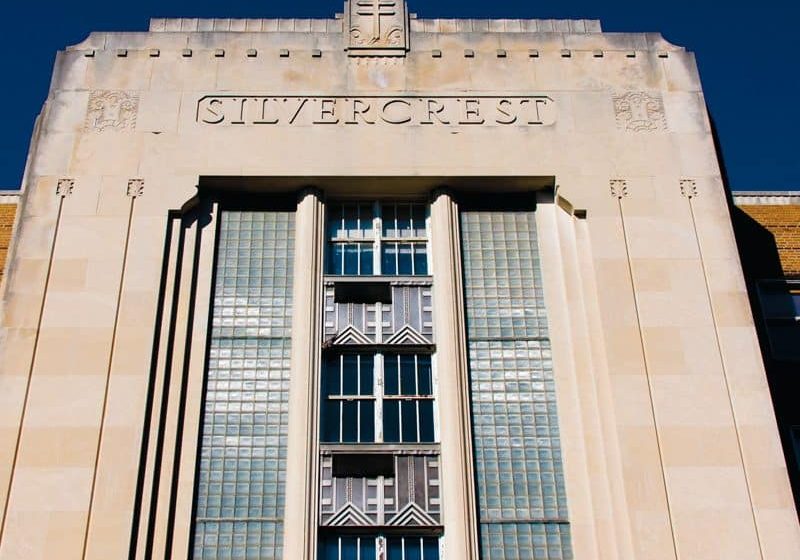ASME A17.7/CSA B44.7 MasterClass
May 1, 2014

History, risk assessment, public safety among topics covered during “extremely worthwhile” class led by Bialy.
On January 16-17, following the ASME A17 code meetings in Phoenix, Louis Bialy, PE, presented an A17.7/CSA B44.7 MasterClass. The 8-hr. session began on the afternoon of the 16th and continued the next morning. In attendance were 21 elevator-industry engineers and code specialists from various elevator companies, as well as a number of consultants and North American Accredited Elevator/Escalator Certification Organization (AECO) representatives. Following introductory remarks by Bialy, Jackie Oppenheim, ASME’s director of Education, discussed the mission of ASME’s Educational Division and described some of the various classes offered by ASME throughout the year. Attendees were then asked to introduce themselves, and Bialy presented the class agenda.
Before getting into specifics, Bialy introduced A17 Standards Committee Vice Chairman Jim Coaker, who presented the history of the A17.7 code and discussed why it is an important part of the A17 code-compliance process for the elevator industry. Coaker also pointed out it is the most effective way for the elevator industry and AHJs to ensure public safety on new technology.
The first day’s session was primarily dedicated to understanding the recently harmonized A17/B44 code, the responsibilities of those who develop and administer these documents, as well as the AHJs that enforce them. The risk-assessment process utilized to gauge A17.7 compliance of new elevator-industry technology was thoroughly described. Examples of how this process should be implemented were covered in detail.
The second day’s session was dedicated to performing a number of practical exercises in the utilization and implementation of the A17.7/B44.7 code. The risk-assessment process, development of code-compliance documents and responsibilities of AECO representatives in reviewing elevator equipment submitted for approval under the A17.7/B44.7 process were thoroughly covered. The advantages of using a performance-based code (PBC) versus accepting new technology by means of issuing prescriptive code variances, were also discussed in detail. During this part of the class, the advantages of having the PBC as a tool to accept new technology were listed as:
- Encouraging innovation
- Improving safety
- Using consistent methods to assess and accept new technology
This important ASME elevator industry class was very well put together and presented, making it extremely worthwhile for all attendees. It is one of the most important of the American Society of Mechanical Engineers (ASME) classes for AHJs, elevator-industry equipment designers and elevator consultants to attend. For additional information about future A17.7 MasterClasses, as well as registration information, visit www.ASME.org.
Get more of Elevator World. Sign up for our free e-newsletter.









